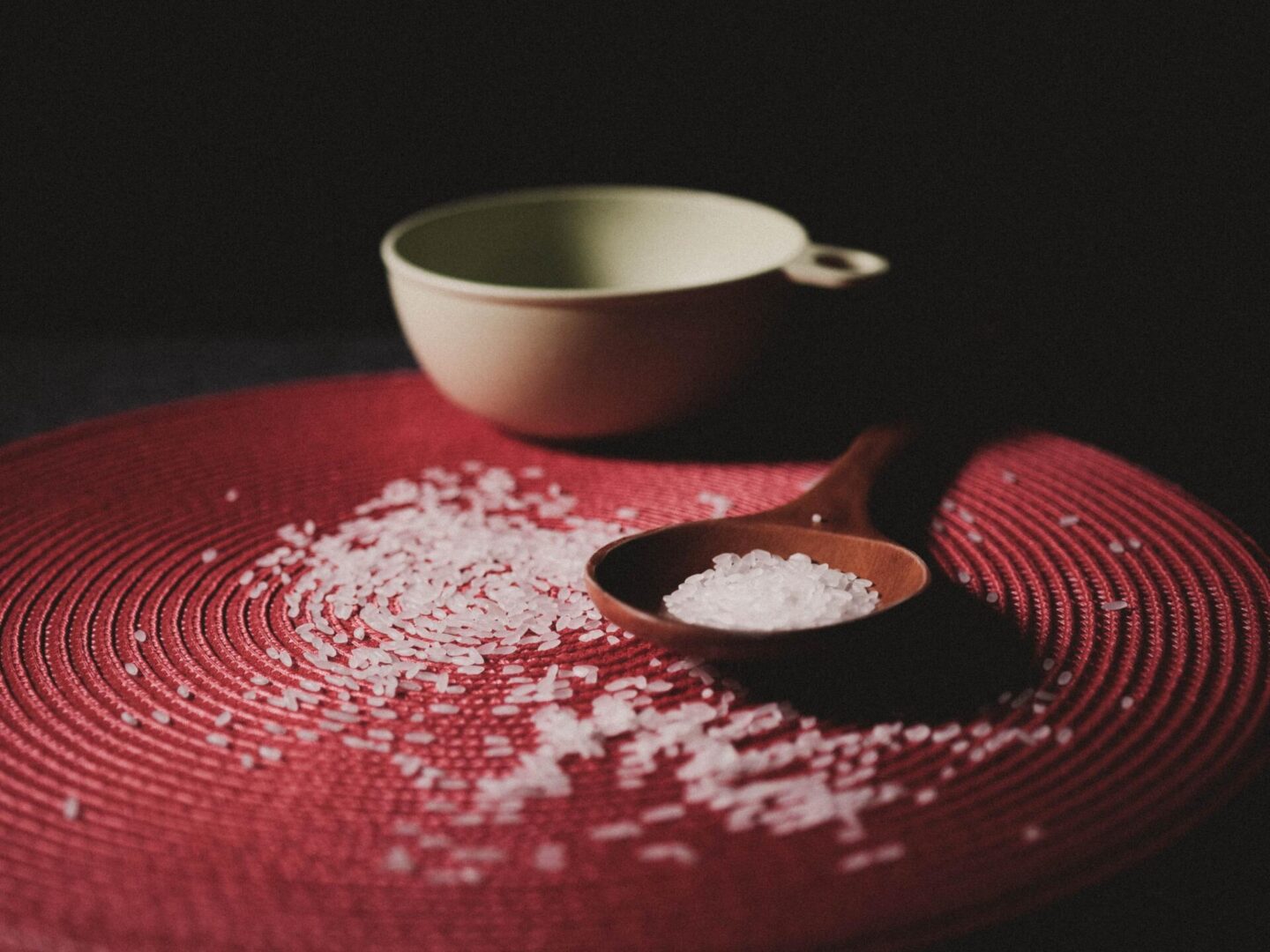
The table is set, guests are having a great time, and nothing could go wrong. Or could it? Even though you put your best efforts, you ended up with a crunchy risotto. Yes, it’s a disaster and one that happens, unfortunately, too often. However, there’s a way to prevent it and it’s as easy as choosing the right type of rice.
Short grain, brown rice, Arborio, sticky rice, Jasmine…and the list can go on forever. With more than 40,000 varieties in the world, picking the correct one sounds like a never-ending task but here’s the definitive guide so the next trip to your local supermarket doesn’t become an odyssey.
First, the basics
Rice comes in three different grain sizes: short, medium, and long. Short-grain rice is only a bit longer than wider so it cooks up sticky and tender. This is why it is commonly used in pudding, sushi, and other preparations with a soft texture. On the other hand, medium-grain rice is slightly chewy, which makes it the perfect choice for salads, risotto and even soups, all of the recipes in which rice doesn’t have the protagonist role but is rather a secondary character.
Now, if what you’re looking for is a main dish or a side dish that makes a statement, you should go for a long-grain variety such as Jasmine rice. It is fragrant and subtly nutty, which works great in both sweet and savoury preparations. If all this talk has you craving a bowl of this aromatic variety, go visit mahatmarice.com/products/jasmine-white-rice/.
Does this mean you cannot substitute rice in a recipe for one of a different size? Not necessarily. In the end, it is all about personal taste. Some prefer their rice pudding creamier whereas others like it chewier, so in this case any grain size can be used. As long as you bear in mind that the final result will vary, you can experiment with different consistencies.
Let’s go to the kitchen
So, now that you have mastered the art of rice textures, there comes the final step: cooking. Even though it is always a good idea to read the cooking instructions beforehand, this will serve as a summary.
Short-grain varieties need less water and more cooking time than the other two types. In this case, 1½ of water per cup of rice will do. Use low heat and cook, covered, for 18-20 minutes or until all water has been absorbed. As a rule, the shorter the grain, the stickier the rice. However, sticky is not the same as gummy, the grains should stick to each other enough so you can eat them with chopsticks.
Arborio and Carnaroli, which are both examples of medium-grain rice, benefit from stirring. Do not be afraid to do so! If you are making risotto or paella, this will contribute to the characteristic creaminess of the recipes. For this variety, you’ll need approximately 1¾ cups of water or broth for each cup of rice.
One of the most popular varieties is long-grain white rice. If you avoid it at any cost, it’s probably because it triggers memories of some flavourless, microwave-cooked stuff but it can be as tasty as any other rice type as long as the cooking time (13-15 minutes on a stove) is respected. The basic ratio is 2 cups of water to 1 cup of rice. Simmer until all liquid has been absorbed and let steam, add a tablespoon of butter and there you go! A fluffy and simple, but delicious, meal in minutes.
Some final tips
Most rice varieties benefit from thorough pre-washing before cooking. This will not only remove dirt but will also help the grains to remain separated while cooking and, therefore, fluffier. The exception is short-grain rice since the “extra starch” will contribute to the soft texture of the preparation.
Let the rice rest. After cooking, remove from heat, cover, and let undisturbed for a few minutes. This will make it firmer, which is a nice thing even in creamy dishes.
Say goodbye to plain white rice and season the boiling water in savoury dishes. By doing so, you are making sure that everything gets seasoned evenly. You can add spices such as turmeric or paprika or fresh herbs like bay leaf and parsley. And don’t forget to salt the water beforehand!

